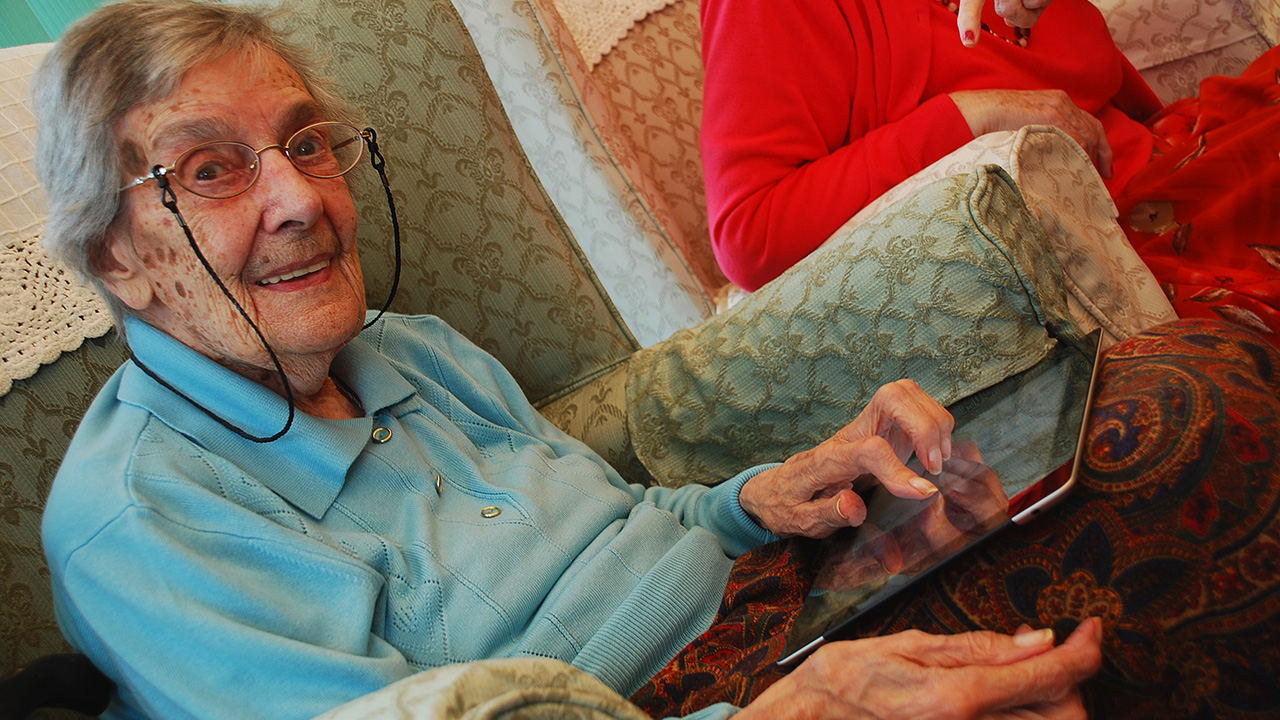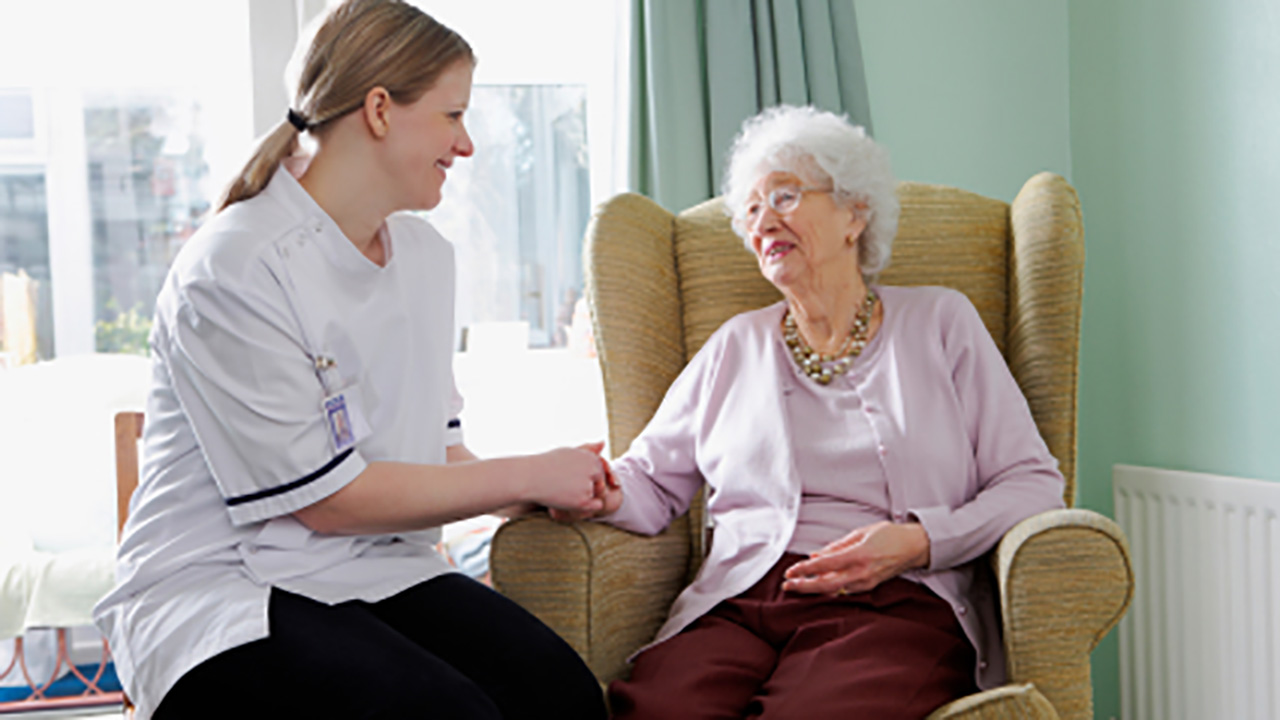How to spot quality of care problems in a care home
You’ve considered all the options, visited many care homes and finally found a place that you and your relative agree is right for them. The care home you chose ticked all the boxes. They’ve been there for three months now and should have settled in. But there’s something about the quality of care your older relative is receiving which doesn’t feel quite right. So what can you do?
The latest reports from the British Geriatrics Society and the Care Quality Commission reveal a patchy and chaotic approach to commissioning and providing health care services for the estimated 400,000 older people resident in care homes.
What should quality standards look like?
In a care home performing at a high standard, your loved ones can expect to:
- be respected, involved and told what’s happening at every stage
- receive care, treatment and support that meets their needs
- feel and be safe
- be cared for by staff with the right skills to do their jobs properly
- be in a care home that routinely checks the quality of its services
What are the principles of quality care?
The Age UK report The Challenge of Dignity in Care developed nine ‘domains of dignity’ to articulate and uphold the rights of our elderly. These nine domains are:
- Personal hygiene: the right equipment to ensure that every person can chose when to use the toilet or shower, in private.
- Eating and nutrition: having choices of what, where, when to eat. Support to ensure older people can eat properly and can derive as much satisfaction as possible from mealtimes.
- Privacy: having access to a private space for quiet time or personal/sensitive conversations.
- Communication: taking time to communicate properly and communicating to those being cared for as equals.
- Pain: a proactive approach to pain management.
- Autonomy: having as much control as possible over your own life.
- Personal care: taking an approach that looks at each person as an individual.
- End-of-life care: access to high quality palliative care where needs are identified, assessed and maintained.
- Social inclusion: encouraging a culture that upholds human rights, challenges ageism and promotes social inclusion.
A good care home will actively demonstrate that it supports and lives by these principles.
Spotting quality care issues
Getting an accurate picture of the standard of care in a care home is challenging. Sometimes our elderly loved ones don’t want to ‘make a fuss’. They might be too unwell to speak up, or in a vulnerable position where they aren’t able to advocate for themselves. It’s important that there is someone ‘on the ground’ who can observe your older relative regularly. They’ll be able to pick up on any warning signs that may indicate sub-standard care such as:
- Noticeable physical or emotional changes
- Staff deflect or don’t give satisfactory answers to questions
- Stressed, rushed or inadequate staff
- High staff turnover
- If your loved one says they don’t want a particular staff member to care for them
- Unanswered phones or call lights
- Signs of dehydration and malnourishment
- No recent changes or improvements
- Even if you ‘just have a bad feeling’, follow it up
What can you do if something goes wrong?
If you think your care home is not meeting these national standards, you can raise your concerns with the care home informally or make a formal complaint to the care home.
If you’re not satisfied with the care home’s response, you can contact your local council if they pay for the care.
If you’re not satisfied with the council’s attempt to resolve the complaint, you can contact the Local Government Ombudsman or the Care Quality Commission itself.
As a last resort, if your loved one has experienced harm as a result of negligent care, you have the right to seek legal assistance.
Take an active role to ensure care standards
We all want the best for our relatives and loved ones. It’s hard to imagine that the care they’re receiving is less than what we hope for. Luckily, there is a great deal you can do to ensure there’s a high standard of care at your chosen care home. It starts with taking an active role in your parent’s care. Ask questions and pay attention to what you see around you. If it isn’t what you would want for yourself, it’s unlikely to be what your loved ones need either.













February 12th, 2016 at 8:16 am (#)
I am particularly interested in this subject as it is relevant to my father’s care at the moment. However, this is written for the English system. How would things differ in Scotland?